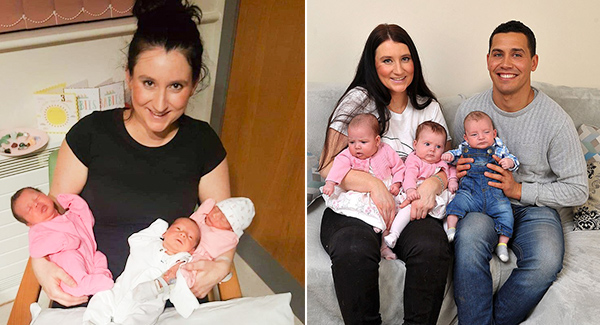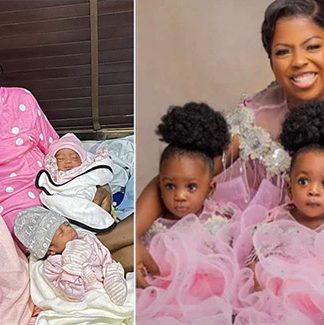A woman, who had a rare illness that caused her uterus to split in half, described her joy after learning she was expecting triplets. Jemma Sheppard, 33, of Newport, thinks it will be challenging for her to carry a child because of the rare disorder that causes her uterus to split into two chambers.
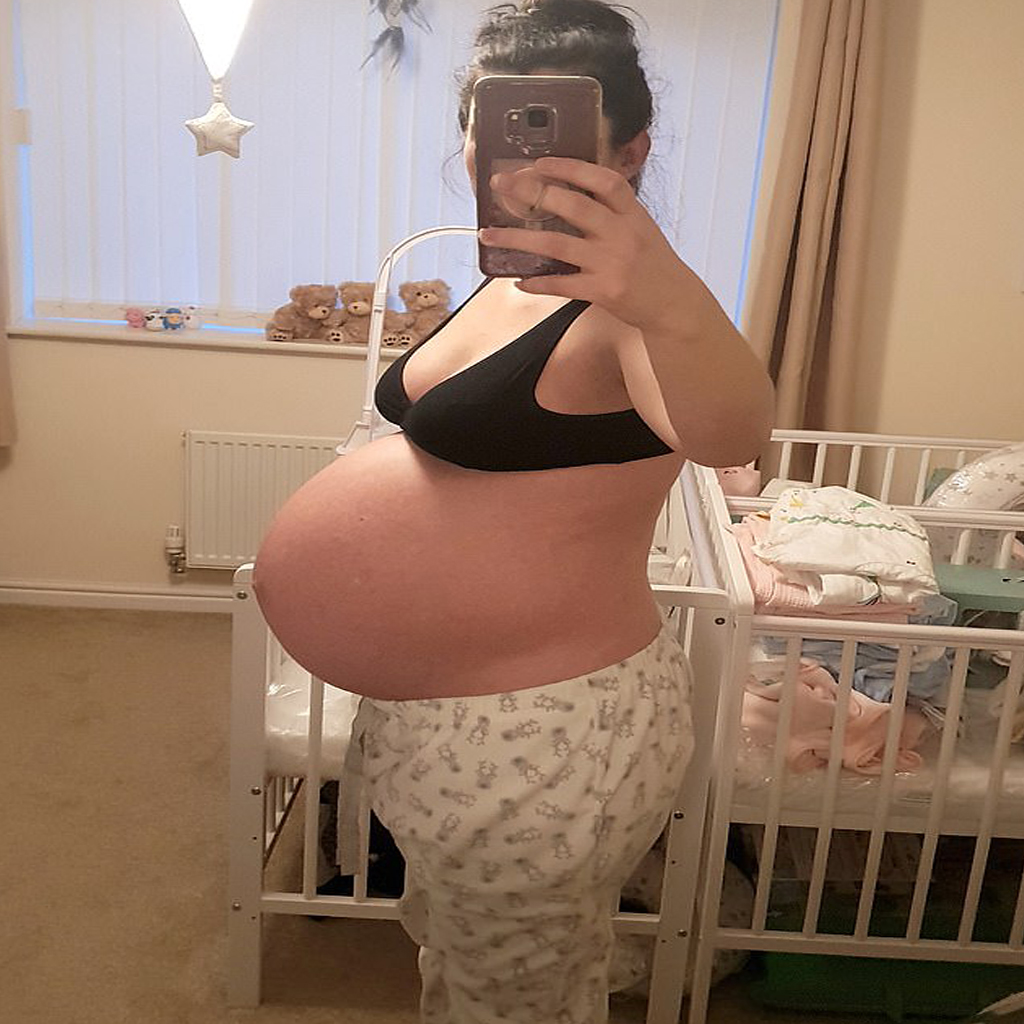

She and her 32-year-old husband Anton were therefore shocked to hear the news that they were having triplets, all of whom were clustered to one side. Elevyn, Areya, and Rome are six months old, and Jemma, a finance worker, said: “Anton and I would be pleased to have only one baby, but a family so gorgeous in one go is incredible. There is a very slim probability that I will become pregnant and give birth to a kid. I pinch myself every time I look at our kids. Just a dream, really. Although they only got married in September 2015, the Newport couple has already begun their family-building efforts.
Their GP recommended testing after, after a year, they were unable to become pregnant.
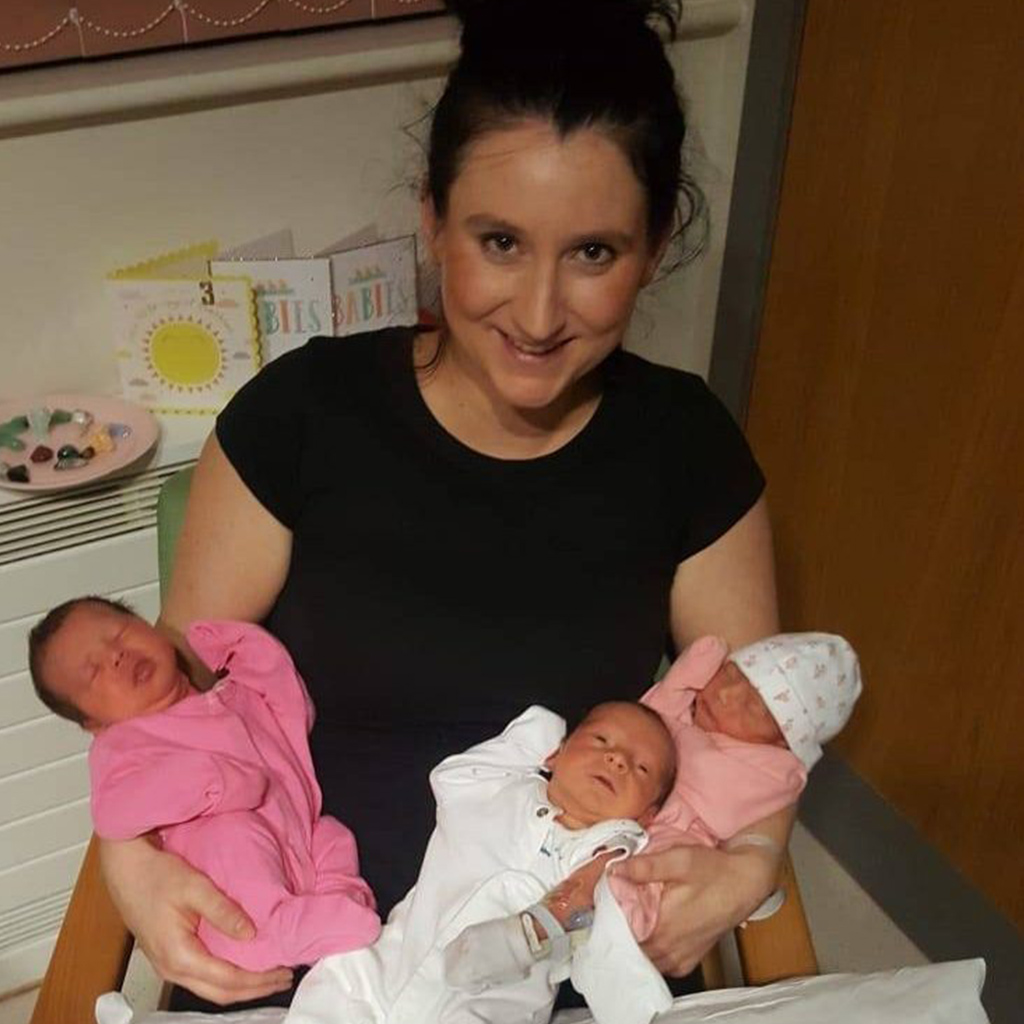

According to hormonal tests, she has polycystic ovaries, which prevent her from ovulating normally. Additionally, her uterus is heart-shaped rather than the typical pear form.
A heart-shaped uterus, sometimes referred to as a dome-shaped uterus, can be mild with only a slight indentation at the top or entirely double. Women who have the unusual abnormality, also called a bicornuate uterus or a bent uterus, are more likely to miscarry or give birth to a child too soon.
Jemma said: ‘Although I was able to take medication to help with ovulation, the shape of my uterus was very clear and there was no treatment. It feels devastating news.’


She became pregnant two months later after taking ovulation pills as directed, but the baby tragically passed away at seven weeks. She experienced a second loss at six weeks, followed by a third early miscarriage, five months later. The couple made the decision to use intrauterine insemination (IUI) for private fertility therapy after waiting six months without becoming pregnant.
My ovulation was observed using ultrasound, and Anton’s sperm was inserted into my uterus exactly as I was about to release an egg, according to Jemma. We were informed that there was only about a 15% chance of becoming pregnant, despite the fact that the doctors indicated there were three follicles, which most likely contained three eggs. Thus, we had little hope.
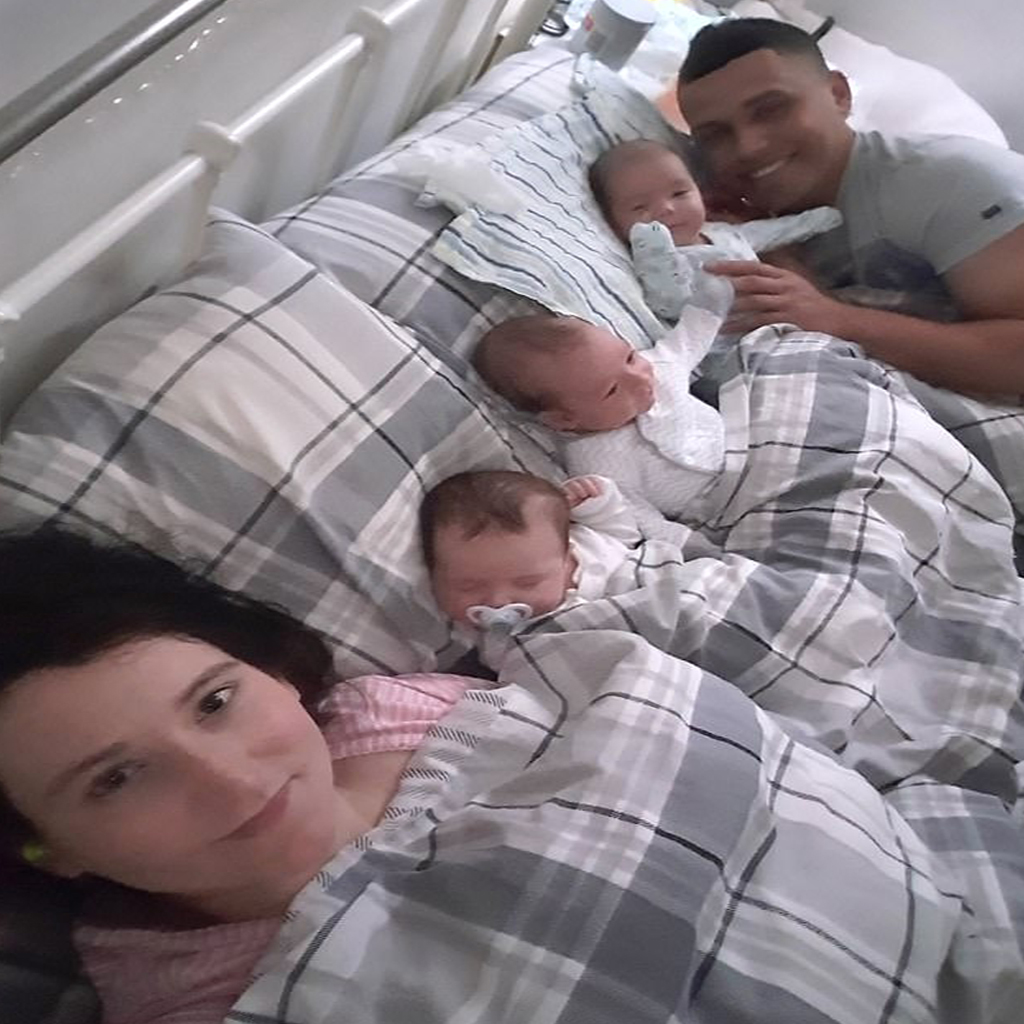

They were shocked when the scan revealed three babies, but they were thrilled when the pregnancy test came back positive two weeks later. When the sonographer claimed there were two heads, and Anton said he could see three, I couldn’t believe it.
After that, Anton and I prepared for the worst because women with a heart-shaped uterus frequently deliver babies too soon. Her triplets are doing well despite all the challenges.
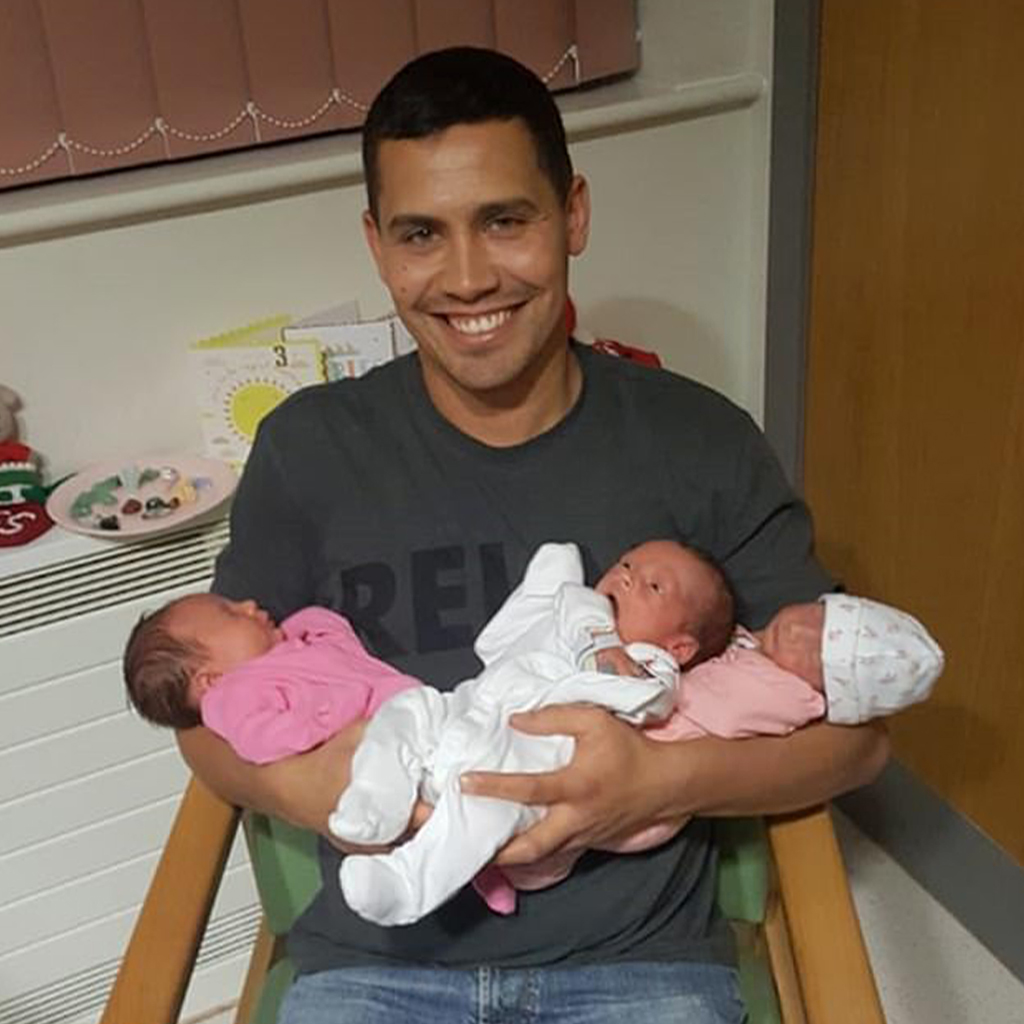

While the babies were healthy, Jemma says that she “became so big and uncomfortable that I ended up in a wheelchair.” Finally, they were delivered via caesarean section on December 20 at Cardiff University Hospital in Wales at 35 weeks gestation. Rome arrived at birth weighing 4 lbs 11 oz, Elevyn 5 lbs 7 oz, and Areya 3 lbs 5oz.
We were all stunned at how heavy and healthy they were. Areya only needed a few days in the neonatal ward because she was quite small. Three weeks later, the Sheppards brought their family home. They’re so adorable. Elevyn loves to be cuddled, Areya is funny, and Rome is a fittingly small character.


And Jemma added: ‘We can’t wait to tell them about their amazing start in my heart-shaped womb. They are truly born with love.’
